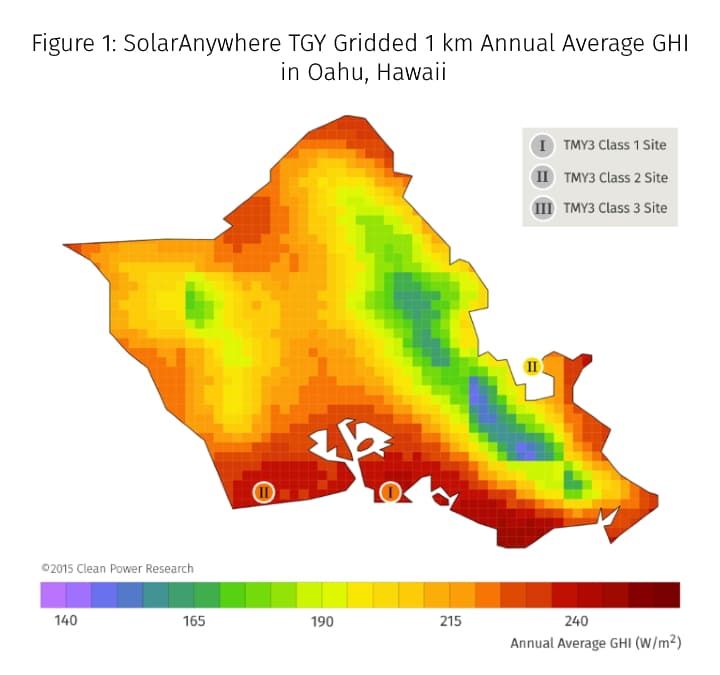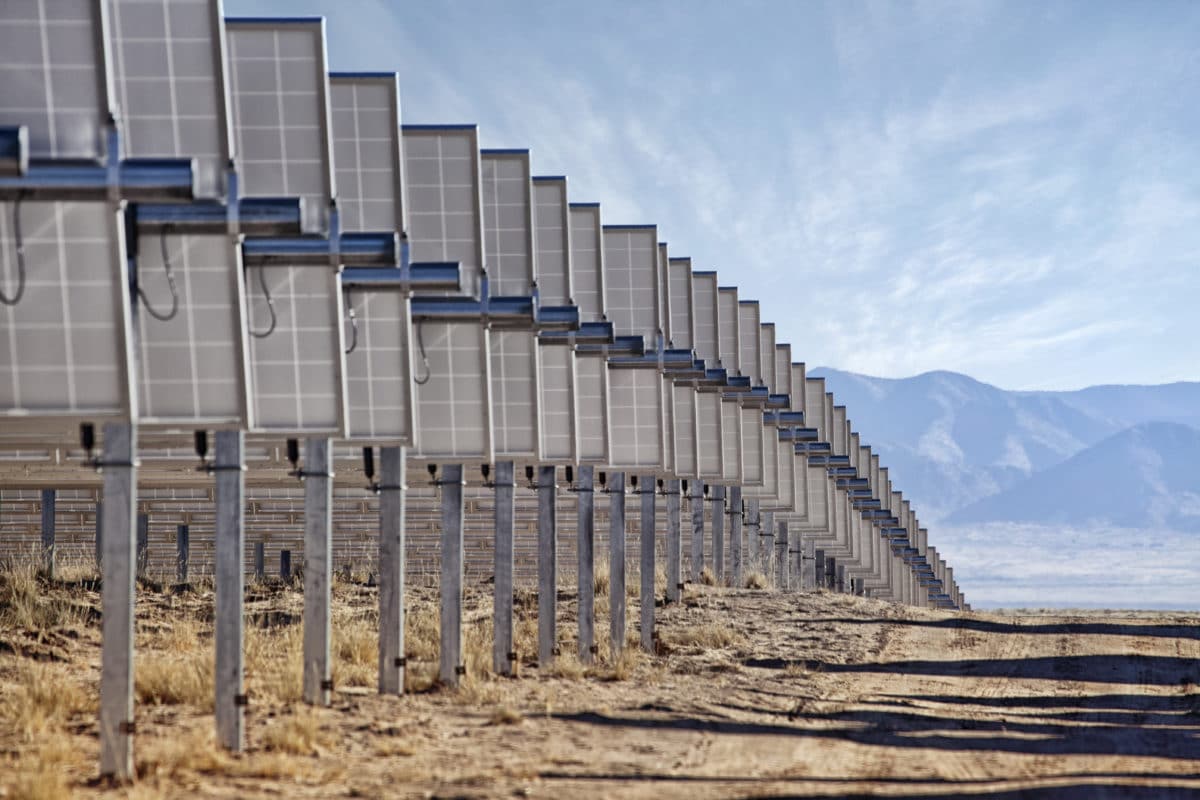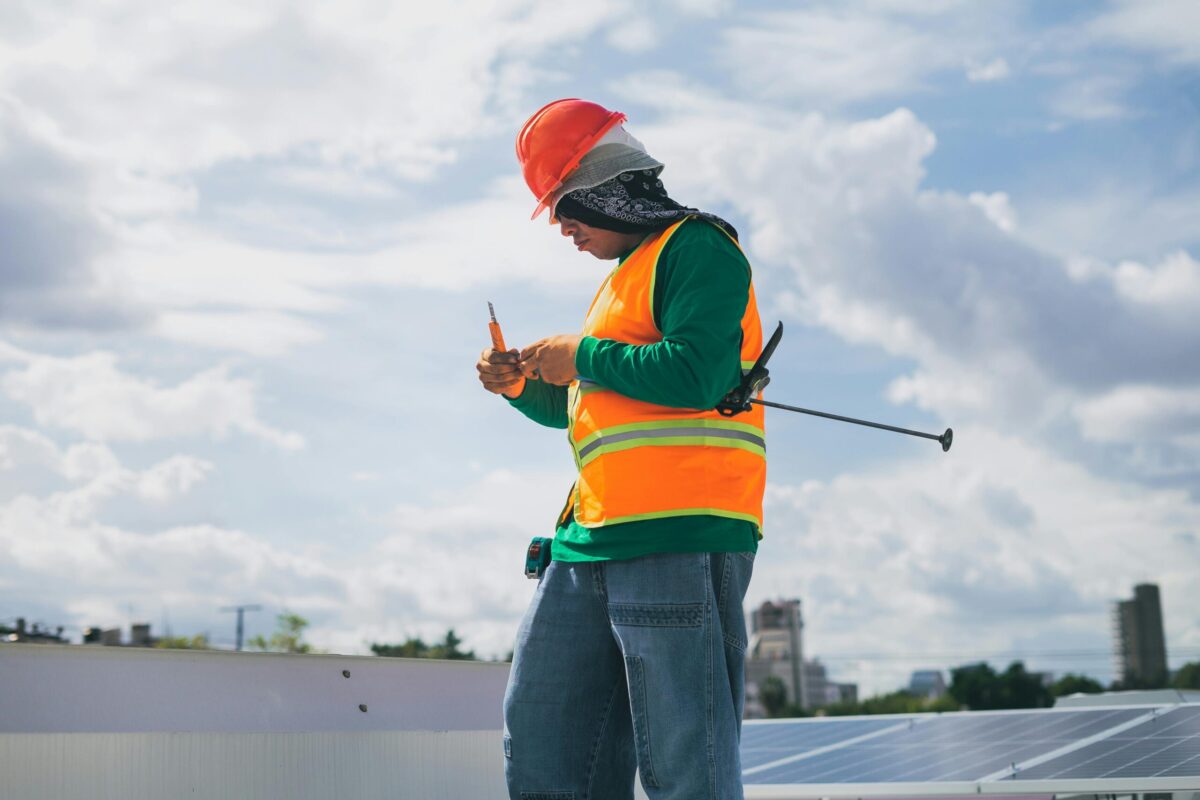Are the solar industry’s pre-construction production estimates too optimistic? Yes, according to several contributions to the “Solar Risk Assessment: 2020” paper published by kWh Analytics. kWh found evidence of “an industry wide bias towards aggressive predictions,” noting that “when a typical solar project performs at the official “P90,” equity cash yield drops by 50%.” DNV GL found optimistic irradiance assumptions contributing to underperformance in the range of 2% of P50 revenue.
There are a few ways to select solar resource data, some better than others. We recommend a simple and tested approach: use a high-quality dataset. Attributes of high-quality datasets include extensive public validation with known and low uncertainty, spatial precision, data versioning and consistent data historical through real time.
An alternative approach to solar resource data selection—call it the median approach—has emerged as a potential remedy to optimistic irradiance assumptions. In the median approach, many typical year datasets are compared (the more the better), and the one with the median GHI is selected. While comparing datasets can be informative, the median approach to solar resource data selection falls short. Let’s briefly explore three issues with the median approach:
- The median approach lacks spatial precision.
- The median approach does not resolve biases and issues with lower quality datasets.
- The median approach lacks transparency and repeatability.
Issue 1: The median approach lacks spatial precision
Most of the data available for the median approach are for legacy TMY2/TMY3 locations. Few if any of these locations are likely to be co-located with your project, so the readings may not be representative of the solar resource there.
In addition, taking the median of data for various locations artificially smooths gradients in the solar resource. You can prove this to yourself by testing the median approach anywhere on the island Oahu, Hawaii. If you get ~5.35 kWh/m^2/day, that’s because most of the data comprising the median is the same regardless of the location you selected. In reality, we know that weather on the island can vary substantially within a couple of kilometers. This is illustrated by the map of enhanced resolution SolarAnywhere Data in Figure 1.

The median approach is inaccurate in varied terrain because the input data lacks spatial precision. The smoothing effect makes it difficult for stakeholders to distinguish between more and less desirable project locations.
Issue 2: The median approach does not resolve biases and issues with lower quality datasets
The median approach is heavily weighted with lower quality data including legacy data from NREL (TMY2/TMY3) and less accurate satellite models (e.g. NREL PSM). We wrote about the perils of using outdated datasets like TMY3 in 2015. Spatial resolution, inconsistent methodology, legacy measurement techniques and older periods contribute to the differences. At the end of the day, TMY3 was never meant for solar project financing (as has been stated by NREL). The data is based on modeling and measurements from 1976-2005. In addition, TMY3 is only 50% weighted for irradiance; the other 50% includes wind speed, temperature and dew point, which have a much smaller impact on solar production.
Other satellite models like NREL’s PSM have not been vetted for use in solar project financing. The biases in the PSM are well documented.
Does taking the median of lower quality data yield a bankable result? An analysis of 14 locations using the highest quality Baseline Surface Radiation Network measurements as a reference shows that it does not. The median approach does not resolve biases in the underlying datasets. Using a high-quality dataset alone substantially reduces production risk when compared to the median approach and legacy datasets.
Issue 3: The median approach lacks transparency and repeatability
The median approach to solar resource selection is not supported by published validation (prompting us to perform this analysis). Repeating the median approach requires keeping track of the input datasets. If one dataset is swapped or removed, the median changes. The process for selecting the datasets for inclusion in the median is left up for debate.
Finally, the median TMY isn’t comparable to recent ground measurements from the project site because the TMY lacks recent data for comparison. If ground measurements are available pre-construction, its apples to oranges with the TMY. Once the plant comes online, performance engineers will have a difficult time distinguishing plant performance and pro forma expectations from recent weather.
All of these issues make it difficult for project stakeholders to make efficient and objective decisions.
Conclusions: the source of solar resource data matters
The median approach to resource selection can both over- and underestimate the true solar resource depending on the specifics of the project and the input data used. The median approach lacks spatial precision, and does not resolve biases in lesser quality datasets used as input. In addition, the median approach lacks the transparency and repeatability required for objective and efficient decision-making.
While comparing datasets can be informative, in general, making informed distinctions between solar resource datasets yields substantially better results than the median approach to solar resource data selection.
If you’d like to learn more about best practices for solar resource assessment and modeling, consider participating in a conference such as Sandia’s PVPerformance Modeling Collaborative or diving into the conservable body of research on this topic (three decades of research by Dr. Perez can be found here, for example). Or, get in touch with your solar resource data and modeling providers. Ask what is different about their approach and take a critical eye to the supporting research that’s provided.
***
The views and opinions expressed in this article are the author’s own, and do not necessarily reflect those held by pv magazine.
This content is protected by copyright and may not be reused. If you want to cooperate with us and would like to reuse some of our content, please contact: editors@pv-magazine.com.








By submitting this form you agree to pv magazine using your data for the purposes of publishing your comment.
Your personal data will only be disclosed or otherwise transmitted to third parties for the purposes of spam filtering or if this is necessary for technical maintenance of the website. Any other transfer to third parties will not take place unless this is justified on the basis of applicable data protection regulations or if pv magazine is legally obliged to do so.
You may revoke this consent at any time with effect for the future, in which case your personal data will be deleted immediately. Otherwise, your data will be deleted if pv magazine has processed your request or the purpose of data storage is fulfilled.
Further information on data privacy can be found in our Data Protection Policy.